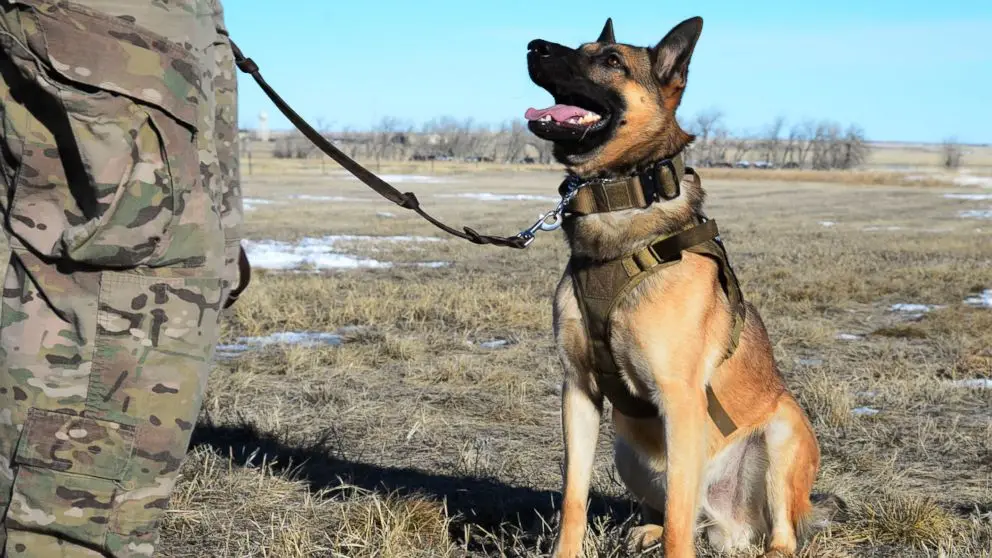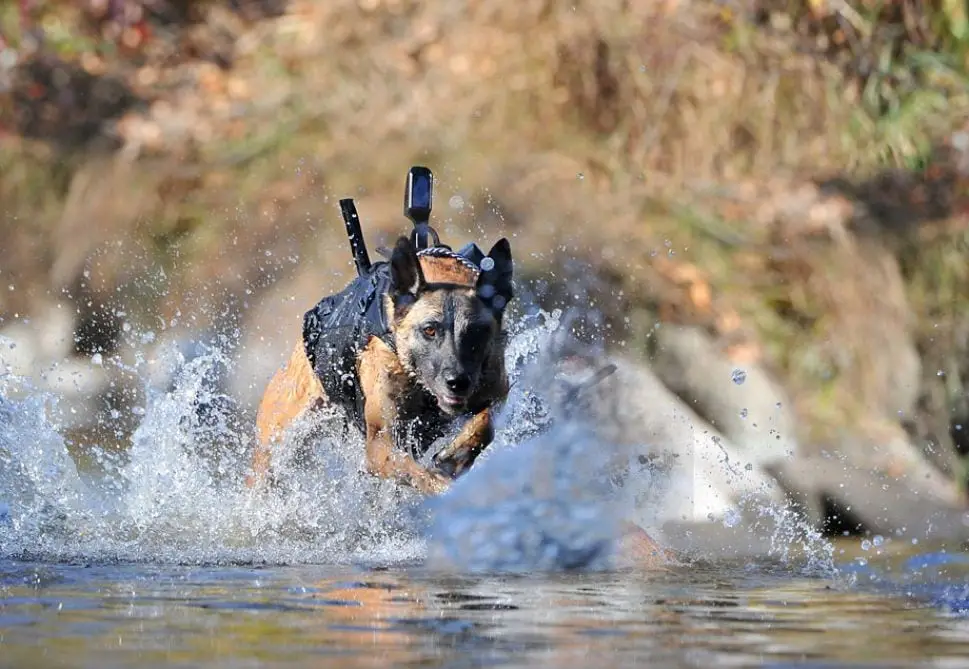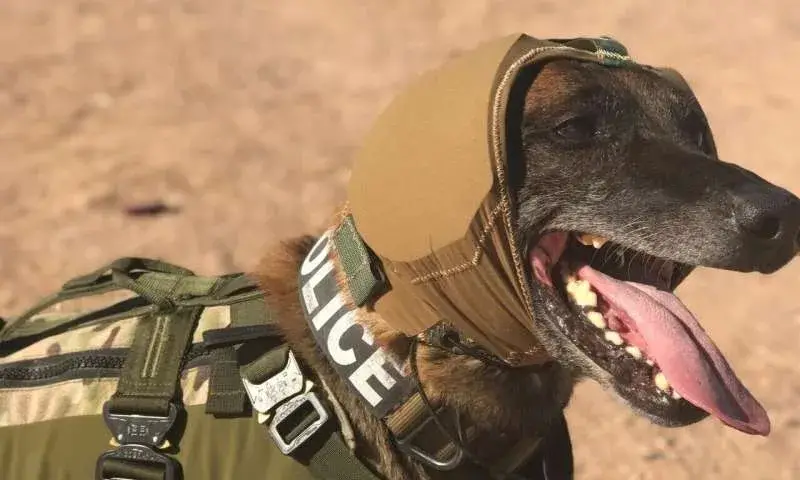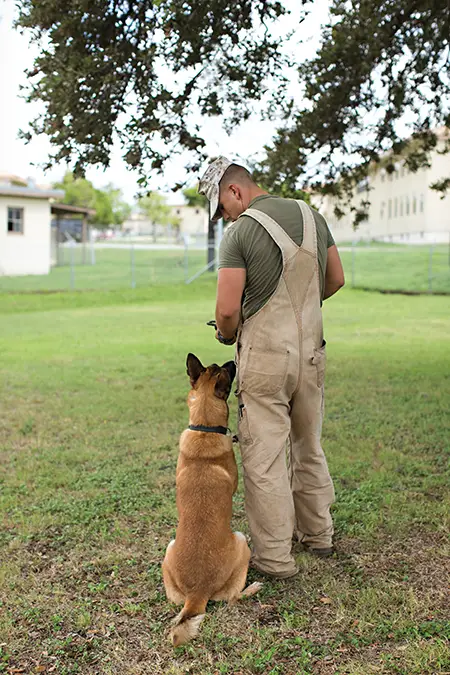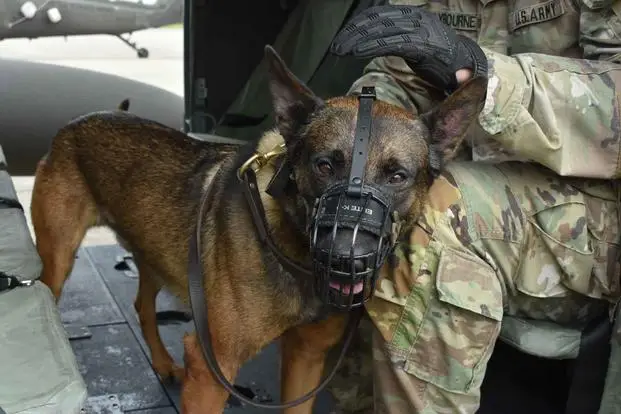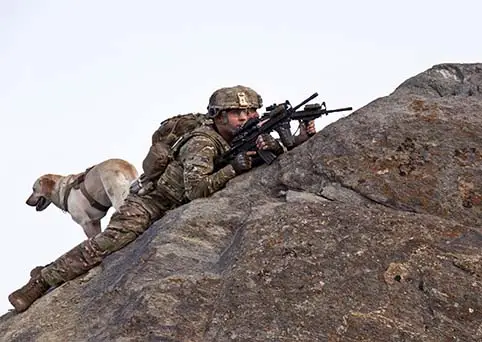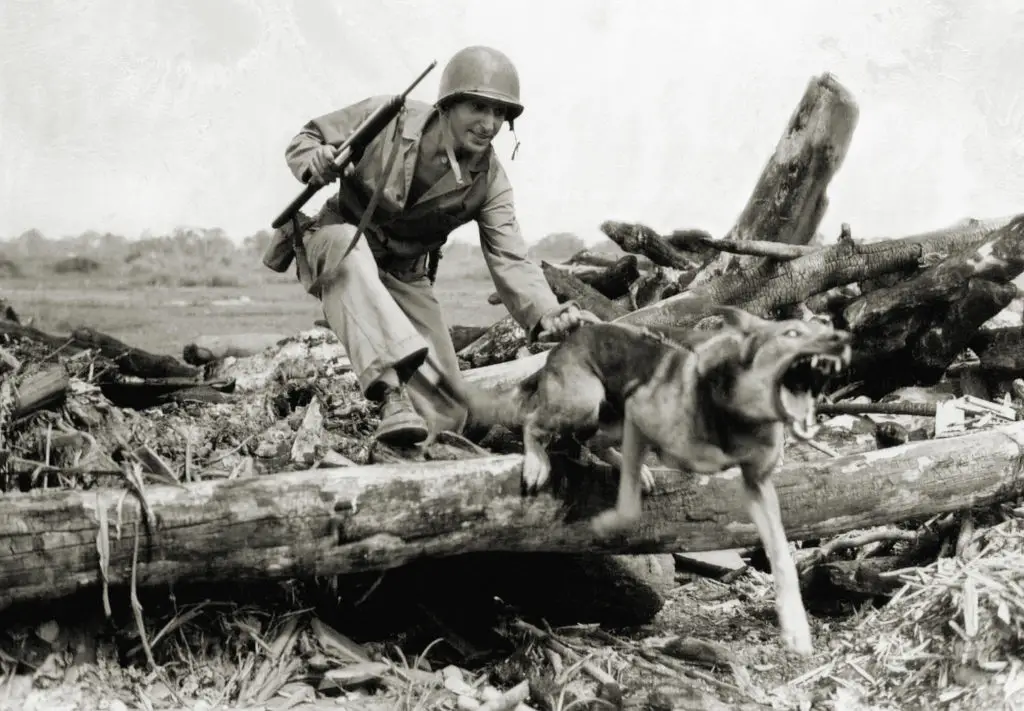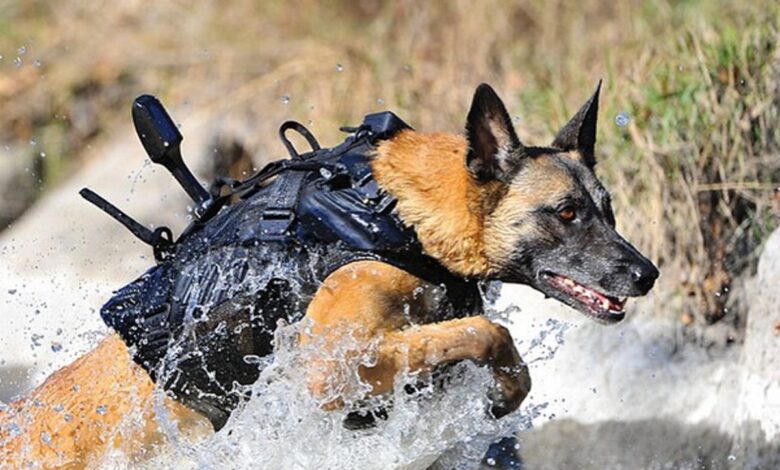
War has always been a brutal and unforgiving reality for soldiers, who have to endure long periods of separation from their families, face treacherous environments, and risk their lives on a daily basis. In such circumstances, having a companion who can provide unwavering support and assistance in times of need is invaluable.
This is where soldier dogs come in – highly trained and loyal animals who serve alongside their human counterparts in the military. The bond between a soldier and his dog is one of the strongest and most unique relationships that exist in the military, and it deserves to be explored and celebrated. In this blog post, we will delve into the role, training, benefits, challenges, history, tasks, equipment, and psychological impact of soldier dogs, as well as look at their future in the military.
The Role of Soldier Dogs in the Military
Soldier dogs, also known as military working dogs (MWDs), have played a significant role in warfare throughout history. From ancient civilizations to modern-day armies, dogs have been utilized in different capacities to assist soldiers in combat. Today, their primary role is to provide security, perform specialized tasks, and sniff out explosives, weapons, and other dangerous substances.
Training and Selection Process for Soldier Dogs
The selection process for soldier dogs is rigorous and thorough, with specific requirements and standards set by the military. Some breeds are more suitable than others for military work, such as German Shepherds, Belgian Malinois, and Labrador Retrievers. These dogs are bred specifically for their intelligence, strength, agility, and ability to withstand harsh conditions.
After being selected, they undergo extensive training that can last up to 12 months. During this time, they are exposed to various scenarios and trained in obedience, scent detection, tracking, and attack techniques. They are also taught to respond to commands in different languages and work well with their handlers. The training is physically and mentally demanding, and only the best dogs make it through.
Benefits of Using Soldier Dogs in Combat
The use of soldier dogs in combat has numerous advantages for the military. One of the most significant benefits is their enhanced ability to detect explosives and other substances that could pose a threat to soldiers. This helps in preventing casualties and saving lives.
Soldier dogs also provide security and protection for their handlers and units. Their keen sense of smell and hearing make them excellent guards, alerting their handlers to any potential danger before it’s too late. They are also used in search and rescue operations, locating missing or injured soldiers, and providing emotional support during stressful situations.
Additionally, soldier dogs have proven to be valuable assets in building relationships with local communities in war zones. They can help bridge the gap between soldiers and civilians, as their presence often brings a sense of comfort and familiarity to the locals.
Navy Seal Dog Belgian Malinois The Ultimate Guide for Owners
The Bond Between Handlers and Soldier Dogs
The bond between a soldier and his dog is one of the strongest and most special relationships in the military. These dogs are more than just tools; they are companions, protectors, and friends. Handlers spend long hours training and working with their dogs, forming a deep understanding and connection with them.
Soldier dogs are trained to respond to their handlers’ commands and follow their every move. They are highly attuned to their emotions and can sense when their handlers are feeling anxious, scared, or stressed. This bond is crucial in combat situations, where soldiers rely on their dogs for support and guidance. It’s not uncommon for handlers to refer to their dogs as their “battle buddies” or “wingmen.”
Challenges Faced by Soldier Dogs in War Zones
Despite being highly trained and capable, soldier dogs face many challenges in war zones. The harsh environments, extreme temperatures, and constant noise and chaos can take a toll on their physical and mental well-being. They are also at risk of injuries from explosions, gunshots, and other hazards on the battlefield.
Moreover, separation anxiety is a significant issue for soldier dogs, as they are often deployed for long periods without seeing their handlers. This can lead to behavioral problems and stress for both the dog and their handler when they are reunited.
History of Soldier Dogs in Warfare
Dogs have been used in warfare for thousands of years, dating back to ancient civilizations such as the Egyptians, Greeks, and Romans. They were primarily used for their strength and agility in combat, as well as for transportation and communication purposes.
In more recent history, soldier dogs played a crucial role in World War I and II, where they were trained to carry messages, detect mines, and act as guards. However, it wasn’t until the Vietnam War that their value in sniffing out explosives and providing security was fully recognized by the U.S. military. Since then, they have become an essential part of modern warfare, with over 2,500 active-duty MWDs currently serving in the United States Armed Forces.
Types of Tasks Performed by Soldier Dogs
Soldier dogs are trained to perform a wide range of tasks in the military, depending on their specialization. These include:
- Scent detection: This is the most common task performed by soldier dogs, where they use their highly sensitive noses to detect explosives, weapons, and other substances.
- Patrol and guard duties: Soldier dogs are trained to patrol and protect military bases and installations, alerting their handlers to any suspicious activity or potential threats.
- Tracking: Their keen sense of smell makes them excellent trackers, useful in locating missing people, suspects, or evidence.
- Search and rescue: In disaster situations, soldier dogs are invaluable in finding survivors and bodies in the rubble.
- Special operations: Some soldier dogs are trained for specialized tasks, such as parachute jumping or water operations, to assist special forces units.
Emotional Rescue: A Stranded Dog’s Journey on a Frozen River Warms Hearts Worldwide. 0long
Equipment and Gear for Soldier Dogs
Soldier dogs are also provided with specialized equipment and gear to aid them in their tasks. This includes:
- Body armor: Just like soldiers, soldier dogs need protection on the battlefield. They are fitted with custom-made body armor that can withstand bullets, shrapnel, and other hazards.
- Muzzle: Soldier dogs are trained to be non-aggressive towards friendly forces, but a muzzle is still used as a precautionary measure in certain situations.
- Booties: In extreme climates or rough terrain, soldier dogs may need to wear booties for protection.
- Harness and leash: These are essential tools for control and communication between handlers and their dogs.
- First aid kit: In case of injuries, soldier dogs have their first aid kits to provide immediate care until they can receive proper medical attention.
The Psychological Impact of Soldier Dogs on Soldiers
The bond between a soldier and his dog goes beyond just companionship – it has a significant impact on the mental well-being of soldiers. Being able to work with an animal who provides unconditional love and support can have a positive effect on soldiers’ mental health, especially in high-stress environments.
Soldier dogs can also help reduce feelings of isolation and loneliness experienced by soldiers on deployment. Having a companion who doesn’t judge, criticize, or question their actions can be incredibly therapeutic for soldiers dealing with the trauma of war.
Future of Soldier Dogs in the Military
As technology advances, some people question whether soldier dogs will become obsolete, replaced by robots and drones. While these technologies have their advantages, they cannot replace the unique skills and bonds that soldier dogs bring to the military.
In fact, the U.S. military has recently announced plans to increase the number of active-duty MWDs from 2,500 to 3,850 by 2020. This shows the continued value and importance of soldier dogs in modern warfare.
Conclusion
The bond between a soldier and his dog is one that words cannot fully capture. These highly trained and loyal animals have proven time and again to be invaluable assets in the military, providing security, assistance, and emotional support to soldiers on the battlefield. The relationship between handlers and their dogs is one of mutual trust, respect, and love, making it one of the most unique and special bonds in the military. As we look towards the future, it’s clear that soldier dogs will continue to play a vital role in combat operations, proving themselves to be man’s best friend in every sense of the word.
Heartwarming Dog Stories A Collection of Tales That Will Melt Your Heart

